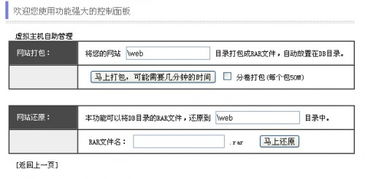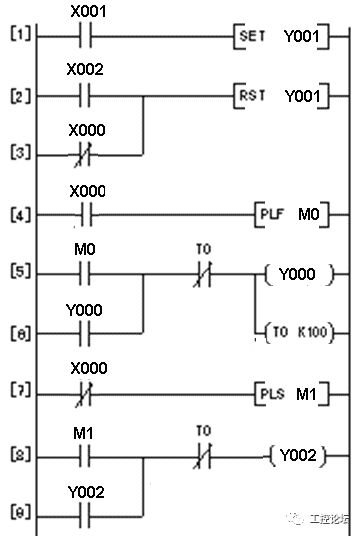Sensor Programming: Understanding, Implementation, and Best Practices
Sensors are crucial components in modern technology, enabling devices to perceive and respond to the physical world. From simple temperature sensors to complex image sensors, the programming of these devices requires a deep understanding of both hardware and software. In this guide, we'll delve into the fundamentals of sensor programming, covering everything from basic principles to advanced techniques and best practices.
Understanding Sensors
1. Types of Sensors:
Sensors can be categorized into various types based on the physical properties they measure. Common types include:
Temperature Sensors:
Measure temperature variations.
Proximity Sensors:
Detect the presence or absence of nearby objects.
Pressure Sensors:
Measure pressure changes in liquids or gases.
Motion Sensors:
Detect motion or movement.
Light Sensors:
Measure light intensity.
Image Sensors:
Capture visual information.
2. Sensor Interfaces:
Sensors interface with microcontrollers or other processing units through various communication protocols such as:
Analog Interfaces:
Utilize analog voltage or current signals.
Digital Interfaces:
Communicate through digital protocols like I2C, SPI, or UART.3. Data Acquisition:
Sensors produce raw data that must be processed and interpreted by the connected device. Factors to consider include sampling rate, resolution, and noise reduction techniques.Sensor Programming Basics
1. Initialization:
Initialize the sensor by configuring its operating parameters such as sampling rate, resolution, and power mode.```c
// Example initialization code for an I2C temperature sensor
void initSensor() {
Wire.begin(); // Initialize I2C communication
sensor.setResolution(12); // Set resolution to 12 bits
sensor.setSamplingRate(100); // Set sampling rate to 100 Hz
}
```
2. Data Acquisition:
Read data from the sensor at regular intervals. Handle any errors or exceptions that may occur during the process.```c
// Example code to read data from a temperature sensor
float readTemperature() {
float temperature;
if (sensor.readData(&temperature)) {
return temperature;
} else {
// Handle error
return 1.0;
}
}
```
3. Data Processing:
Process the raw sensor data as required by the application. This may include scaling, calibration, filtering, or data fusion techniques.```c
// Example code to scale raw sensor data to Celsius
float convertToCelsius(float rawTemperature) {
return (rawTemperature 32) * 5 / 9;
}
```
Advanced Techniques
1. Sensor Fusion:
Combine data from multiple sensors to improve accuracy and reliability. Common techniques include Kalman filtering and complementary filtering.2. Energy Efficiency:
Implement powersaving techniques such as duty cycling, sensor sleep modes, and lowpower microcontrollers to prolong battery life in energyconstrained devices.3. Error Handling:
Develop robust error handling mechanisms to deal with sensor failures, communication errors, and outofrange conditions.Best Practices
1. Calibration:
Calibrate sensors periodically to maintain accuracy, especially in critical applications where precise measurements are required.2. Testing:
Thoroughly test sensor functionality under various environmental conditions and edge cases to ensure reliability and robustness.3. Documentation:
Document sensor specifications, initialization procedures, and data processing algorithms to facilitate future maintenance and troubleshooting.Conclusion
Sensor programming is a multidisciplinary field that requires proficiency in both hardware and software aspects. By understanding the principles of sensor operation, mastering programming techniques, and following best practices, developers can harness the full potential of sensors to create innovative and reliable applications across diverse domains.
版权声明
本文仅代表作者观点,不代表百度立场。
本文系作者授权百度百家发表,未经许可,不得转载。











